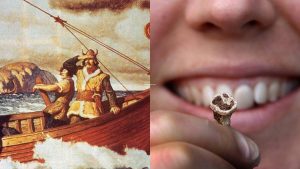Photos Showing The Transformation And History of McDonald’s
McDonald’s is a certified fast food giant, with its gleaming golden arches serving as a beacon to anyone looking for affordable fast food.
While McDonald’s may be a behemoth today, it started out as a humble, single hamburger stand over eighty years ago. In the decades to follow it would become an integral facet of American culture.
McDonald’s began in 1940.
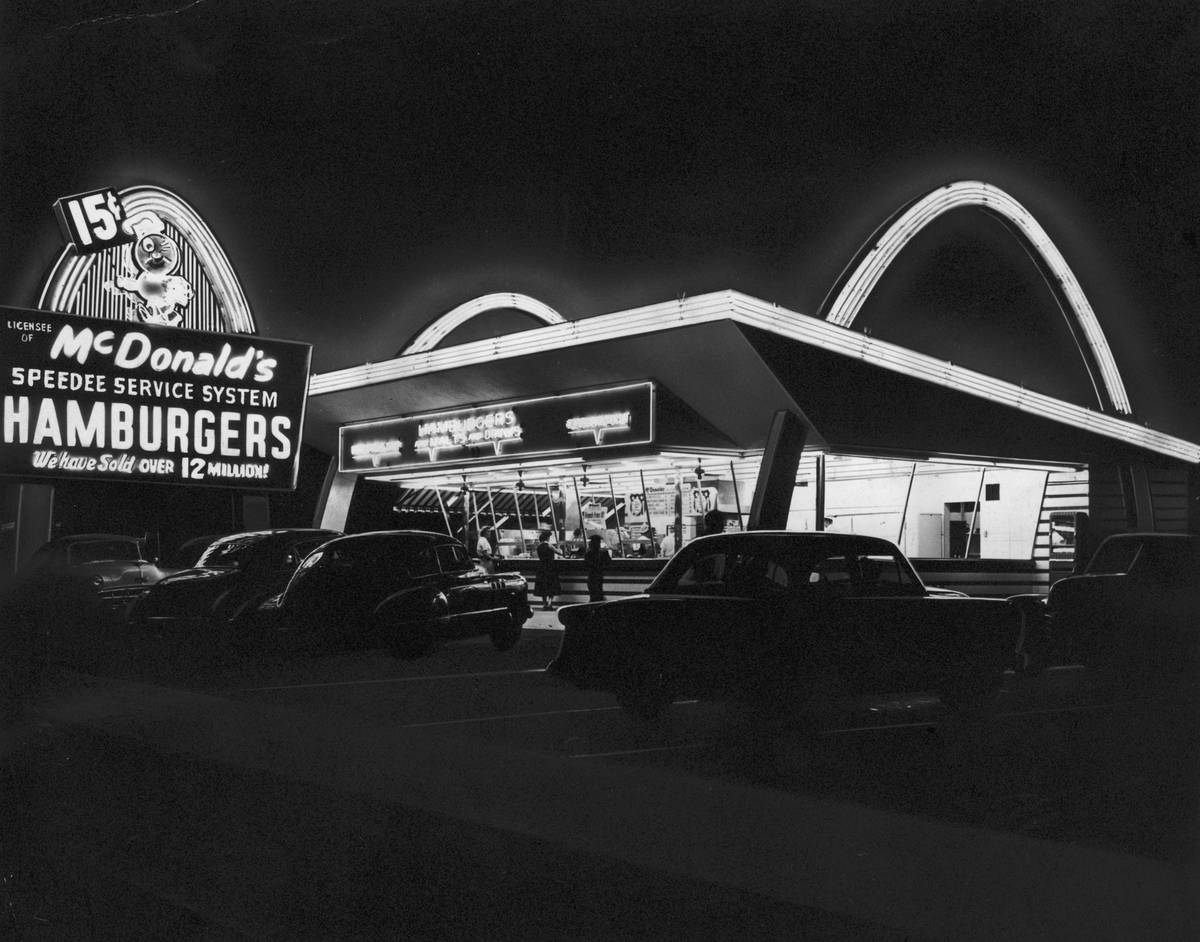
Brothers Richard and Maurice McDonald opened a small drive-in restaurant known as McDonald’s Bar-B-Q in San Berardino, California in 1940.
Photos of this first McDonald’s have been lost to history, so this image shows an early restaurant in the 1950s. McDonald’s Bar-B-Q was a far cry from what the chain would become, but from its earliest days, it prioritized affordable food.
They revamped their restaurant in 1948.

The McDonald brothers had a success on their hands, with their restaurant’s 25 menu items and carhop-style service proving to be a hit with the people of San Bernardino.
In 1948, the brothers shut down their restaurant for three months in order to revamp it. The project resulted in the “Speedee Service System,” a concept that streamlined food preparation.
In 1954, Ray Kroc entered the picture.
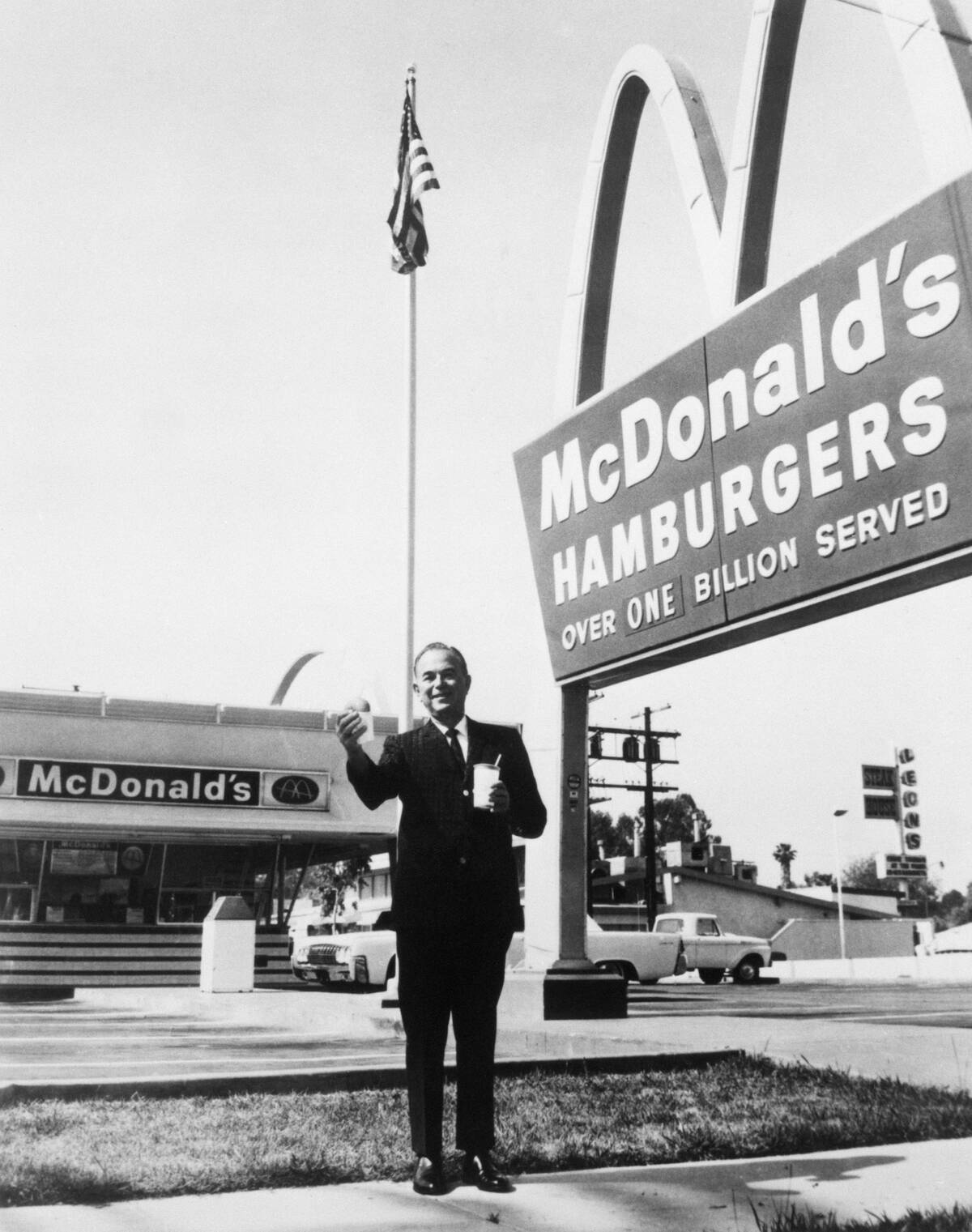
Kroc, who at the time was best known for being a salesman of the Multimixer milkshake machine, was deeply impressed by what the McDonald brothers had built.
After talking with the brothers, Kroc pitched an ambitious idea: Nationwide expansion through an aggressive franchising strategy.
The first franchised McDonald’s opened in 1955.

On April 15, 1955, Kroc opened the first franchised McDonald’s in Des Plaines, Illinois. At the same time, he founded McDonald’s System, Inc., which later became McDonald’s Corporation in 1960.
The Des Plaines restaurant, just like the original San Bernardino location, was a big hit. This prompted Kroc to sell more franchises across the United States.
In 1961, Kroc fully took over.
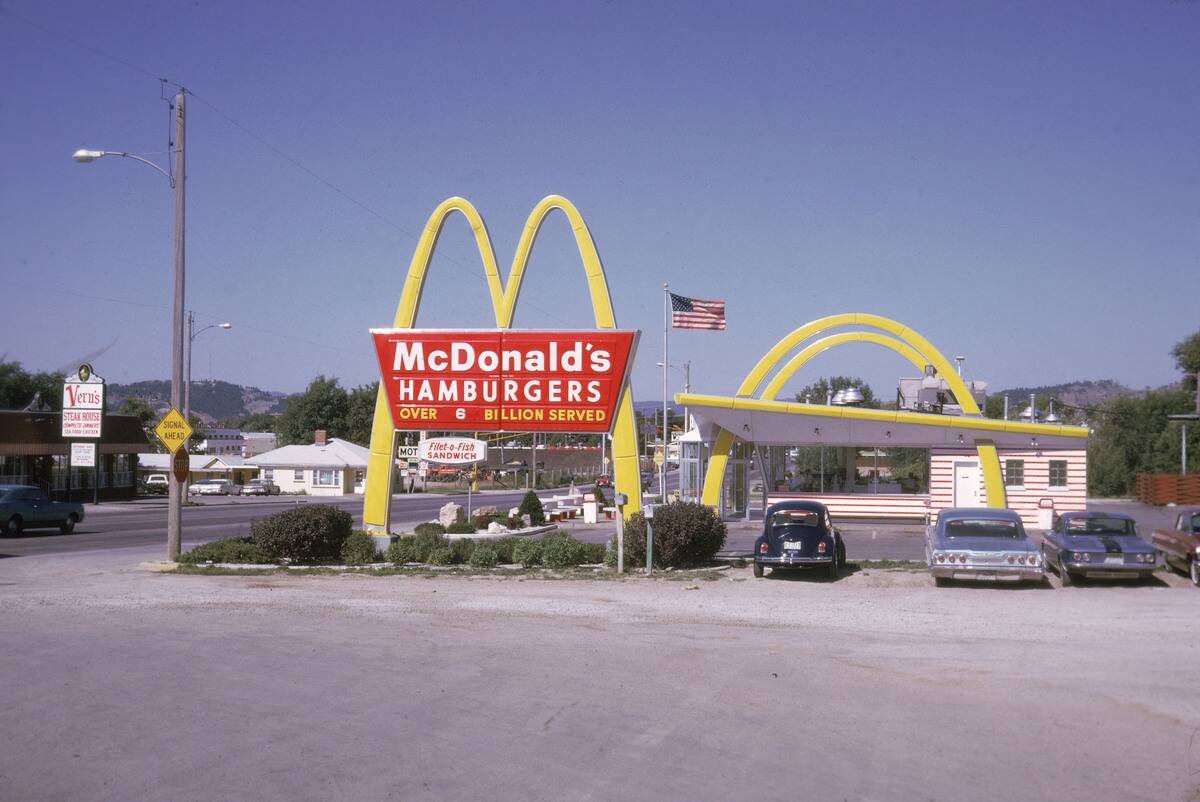
The McDonald brothers had had a role in their creation ever since opening the first restaurant more than two decades prior, but in 1961, they opted to cash out.
Ray Kroc bought exclusive rights to the McDonald’s name and food preparation system from the McDonald brothers in 1961 for $2.7 million (a little shy of $30 million in modern dollars).
McDonald’s quickly became entrenched in pop culture.

This photo of John F. Kennedy in front of a McDonald’s restaurant, holding a McDonald’s drink, shows just how quickly the restaurant became ubiquitous.
The photo would have been snapped less than ten years after McDonald’s started expanding, and set the stage for future presidents to associate with the brand.
The 1960s added more lore to the brand.
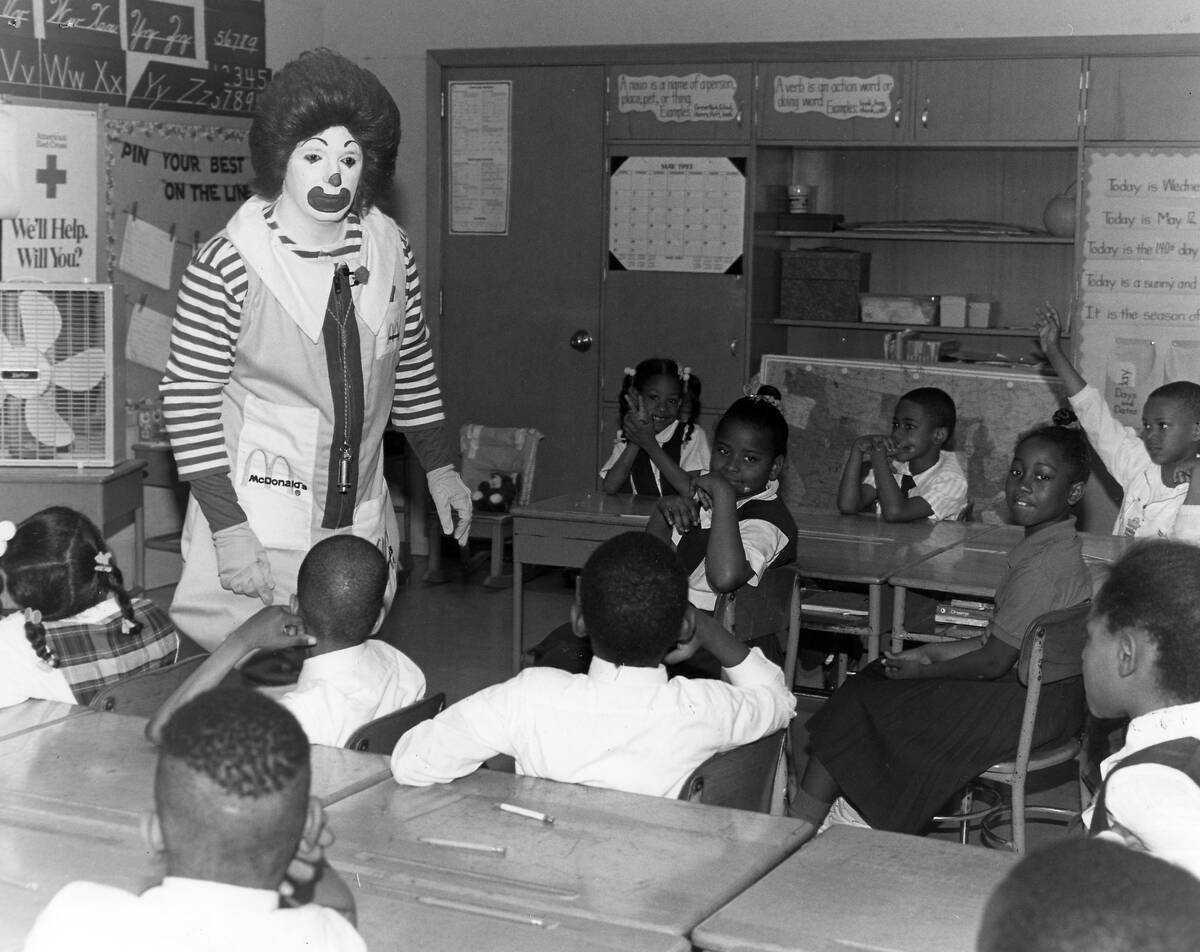
The modern McDonald’s brand encompasses far more than menu items, and this started back in the 1960s when Kroc introduced a series of mascots.
This 1960s image of a costumed Ronald McDonald interacting with a classroom full of students shows just how little the iconic clown mascot has changed over the decades.
McDonald’s went public in 1965.
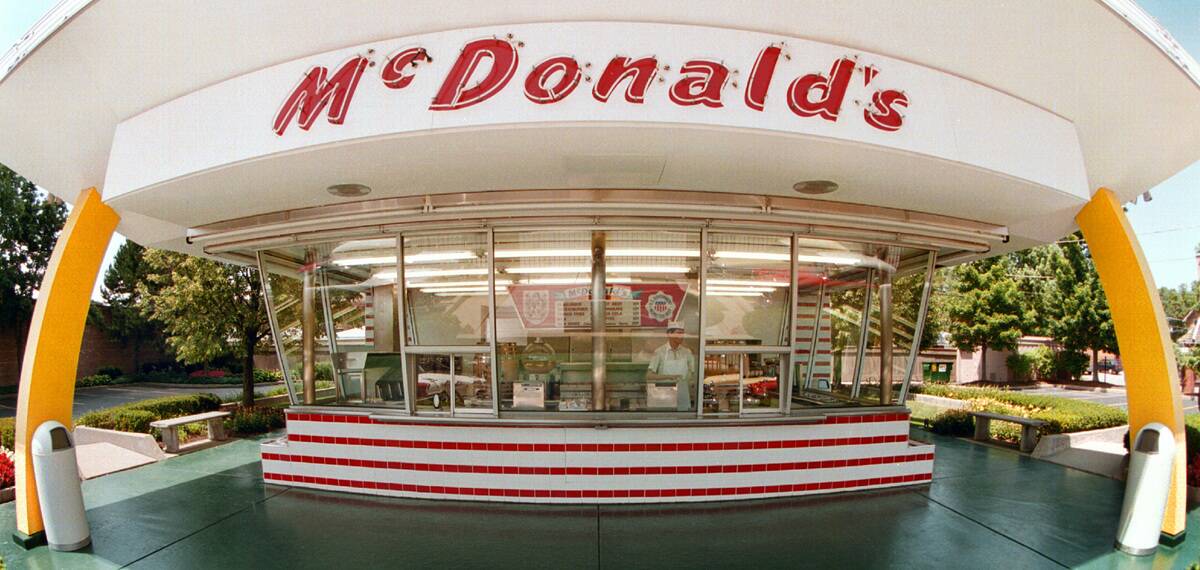
The middle of the decade brought more milestones for the McDonald’s brand, as stock was first traded on the New York Stock Exchange in 1965.
Two years later, in 1967, McDonald’s went international, opening locations in both Canada and Puerto Rico.
The menu continued to expand.
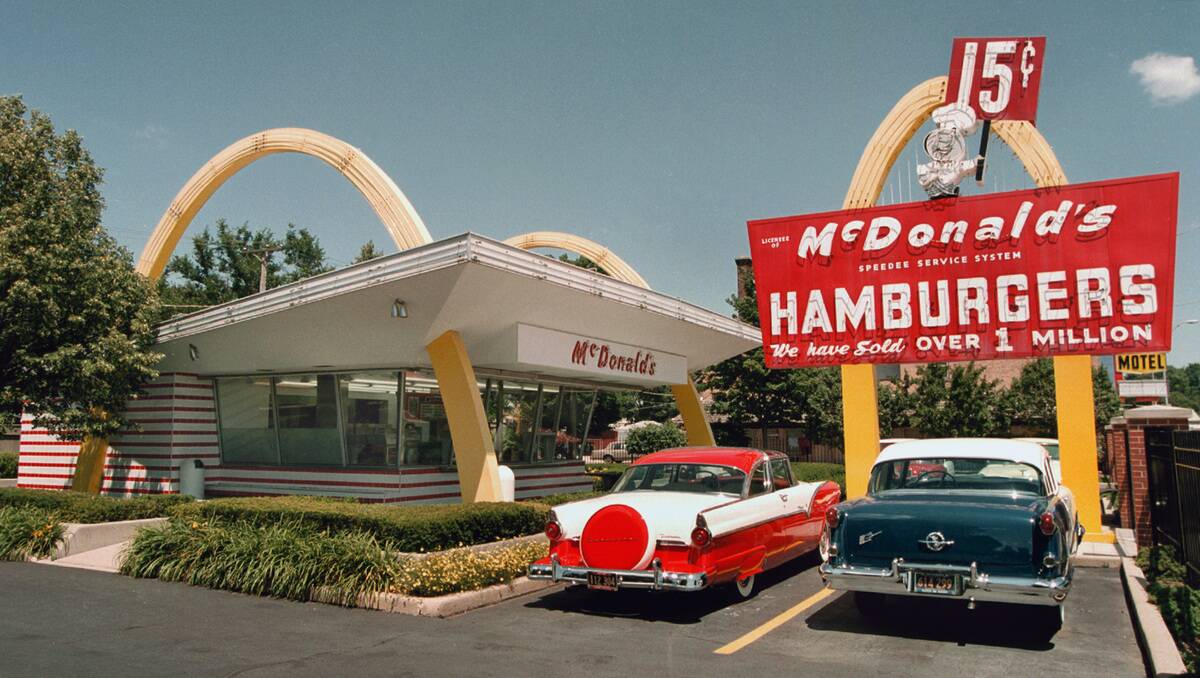
The McDonald’s menu has always been a balancing act, as the brand emphasizes speed and efficiency while trying to stay relevant with new items.
In the 1960s and 1970s, many of the restaurant’s most iconic menu items, such as the Big Mac, Filet-O-Fish, and a breakfast menu, were introduced. The Happy Meal was introduced in 1979, and Chicken McNuggets in 1983.
It’s a prime location for photo ops.
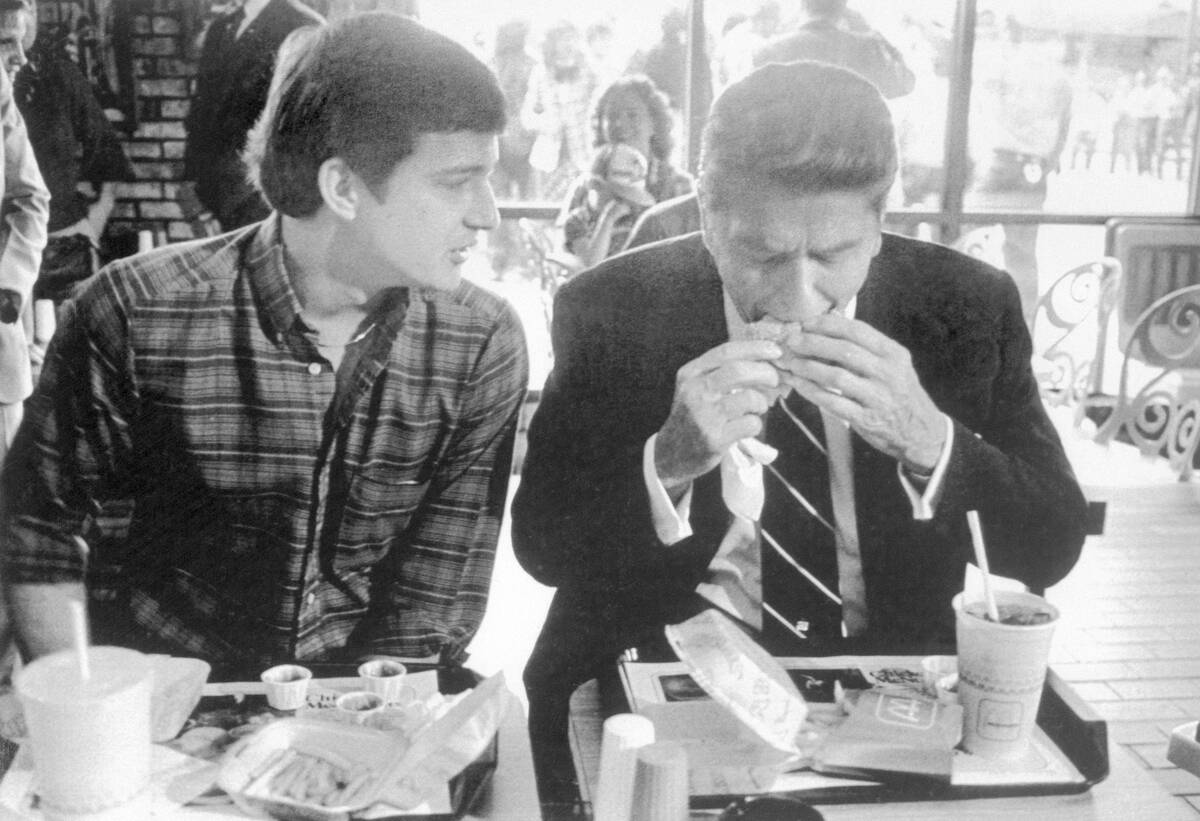
Politicians on the campaign trail often make a point of having photos taken at local restaurants. This photo of Ronald Reagan chowing down at a McDonald’s in Tuscaloosa, Alabama is a prime example.
While the McDonald’s brand is generally apolitical and has hosted politicians from both major parties, it became a symbol of American influence during the later years of the Cold War.
It was a sign that the Soviet Union was declining.
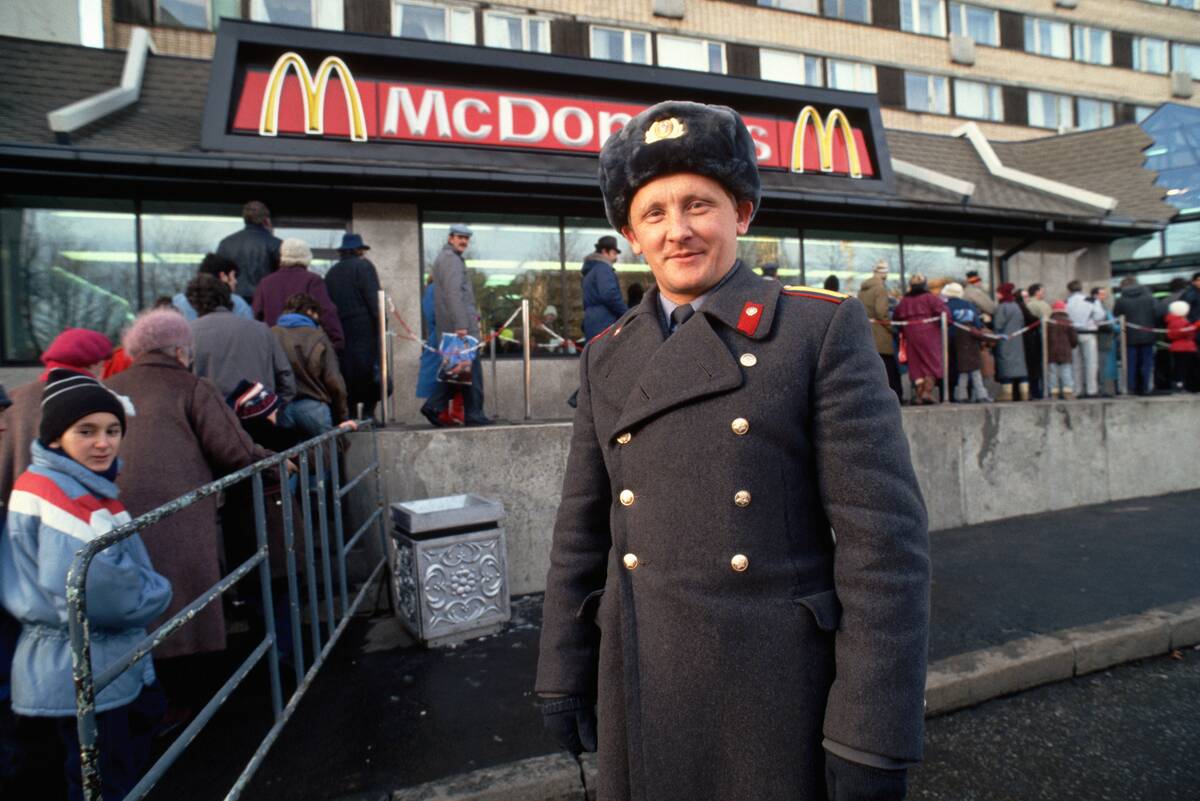
As the Soviet Union encountered crisis after crisis in the 1980s, a new policy of Perestroika and Glasnost (literally “restructuring and transparency”) slowly but surely allowed more Western influence to permeate the Iron Curtain.
One major sign of this came with the opening of the first McDonald’s in Russia, which took place in Moscow in 1990.
From humble beginnings, the restaurant had come a long way.
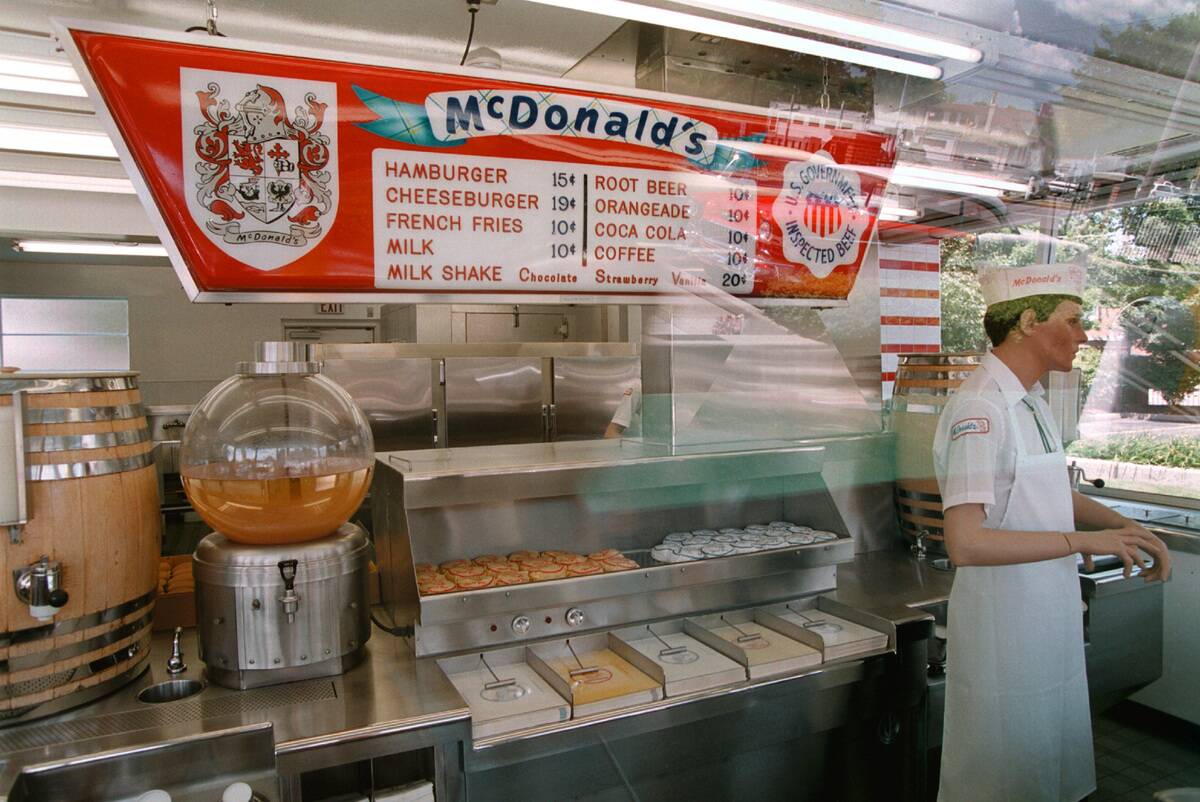
This look at a mannequin in a replica of an early McDonald’s shows that it took some time for the brand to take on its iconic golden arches branding.
Indeed, while McDonald’s has had consistent branding and iconography for the bulk of its history, it took a couple of decades for this to take root.
It offers a nostalgic pull.

Most McDonald’s franchisees update their restaurants with the times, and as a result most modern McDonald’s look fairly homogenous.
That said, several old-school McDonald’s locations still exists. This shows a huge lineup at the oldest operating McDonald’s in Downey, California. The occasion was its 50th anniversary in 2003, where menu items were offered at original 1953 prices.
It’s become a rite of passage.
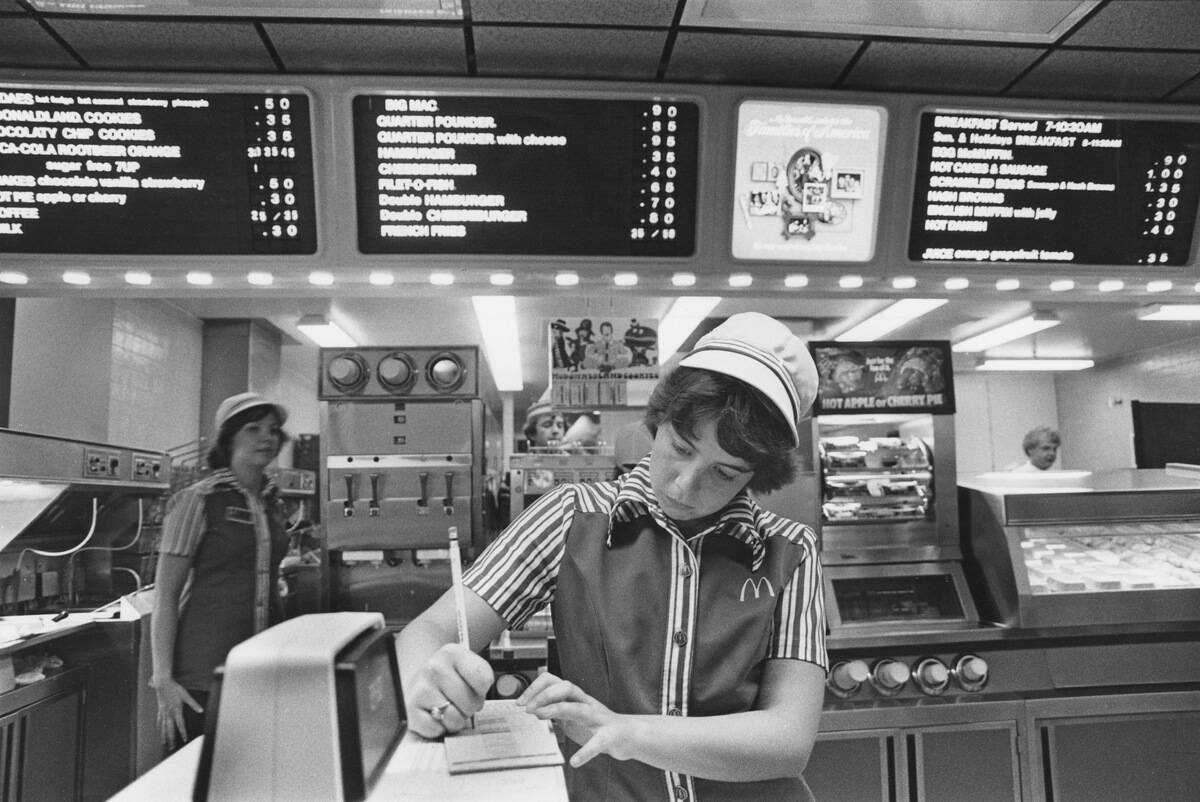
Just about everyone has a McDonald’s story or experience to share, as just about everyone has eaten at McDonald’s at one time or another.
There’s also the fact that McDonald’s is a major employer of young people, and as such marks the first job for thousands of people.
Tens of thousands of locations exist.

Today, nearly 40,000 McDonald’s restaurants are in operation around the globe, offering up a diverse range of menu items.
While customers can get a Big Mac or order of Chicken McNuggets virtually anywhere, the chain makes an effort to reflect local tastes. That means that unique items like panzerotti, spaghetti, and bulgogi burgers can be found at various international locations.
It’s served billions of people.

McDonald’s signs used to keep a tally of how many burgers the chain had sold, but after a certain point, signs were amended to read simply “Billions and billions served.”
With its global ubiquity, McDonald’s has faced frequent criticism over the years, largely for health concerns and growing public scrutiny.
The expanded McDonald’s universe is iconic.

Ronald McDonald may be the head honcho of McDonaldland, but following the introduction of this mascot in the 1960s, more characters were added.
This image of Ronald and Grimace in front of a Golden Arches-themed vehicle shows just one facet of McDonaldland, a lineup of characters that’s been immortalized time and time again in Happy Meal toys.
The chain has changed with the times.
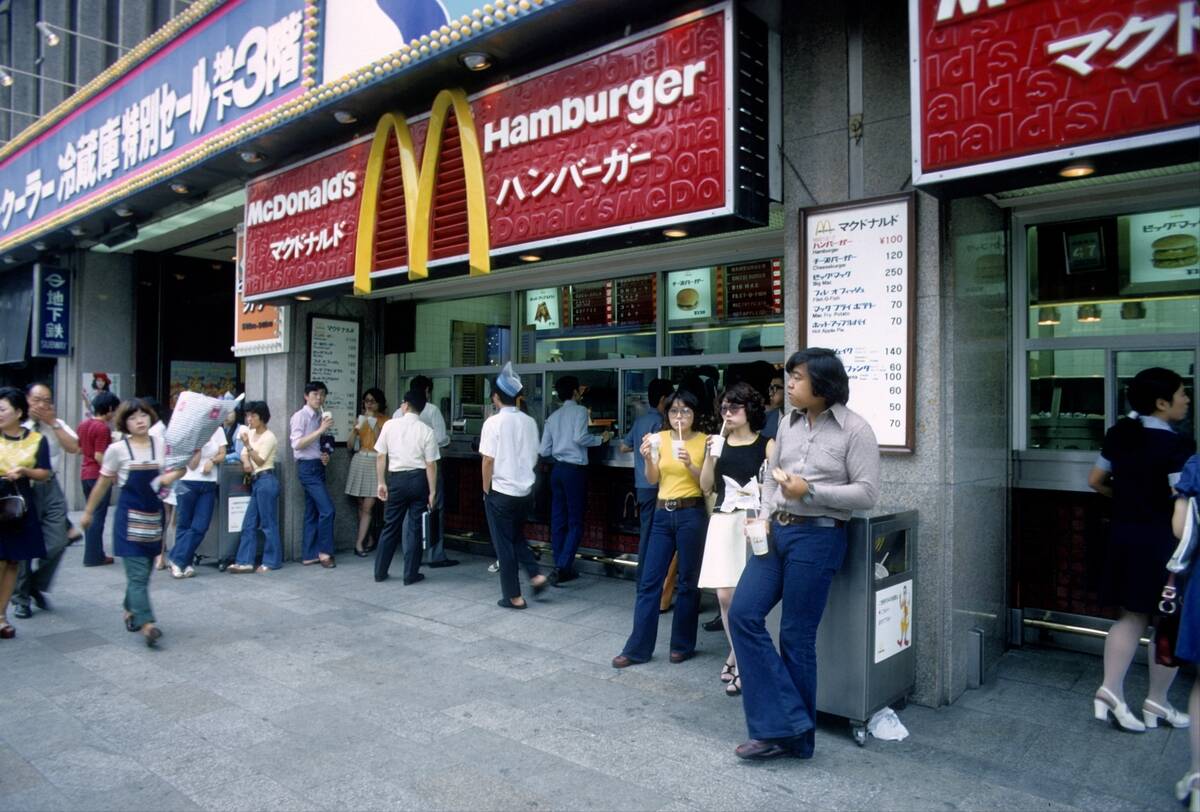
With expansion into new markets, McDonald’s has had to adjust its strategy. Whether it’s smaller servings in Japan or beef-free and pork-free items in India, there’s no one-size-fits-all approach to global expansion.
McDonald’s has even flirted with adding different restaurants under its corporate umbrella, though it’s since sold off chains like Chipotle and Boston Market.
Its popularity continues.

McDonald’s is nobody’s idea of fine dining, but its consistency and affordability, coupled with the convenience of its many restaurants and late hours, have made it a mainstay around the world.
In the modern era, McDonald’s has experimented with new technology, such as self-serve kiosks and mobile ordering, along with delivery partnerships.
It still operates under a franchise model.
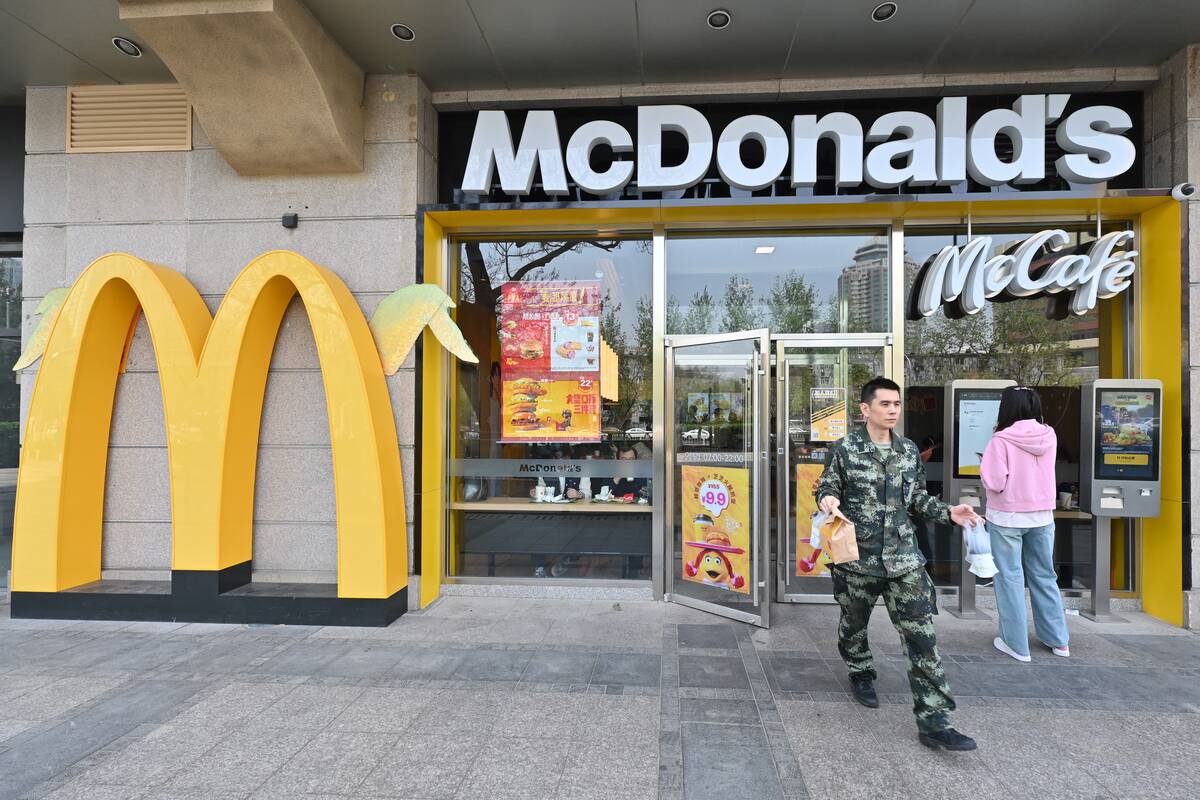
Not every McDonald’s is owned by a franchisee, but the bulk of them are. Approximately 90 percent of its tens of thousands of locations are operated by independent owners.
Today, the market capitalization, or net worth, of McDonald’s sits at around $220 billion.

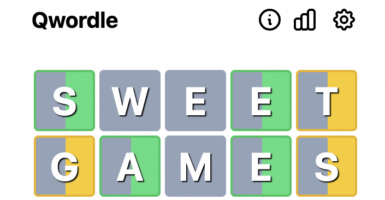
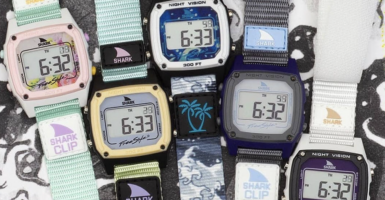
![[Photos] Some Of The Worst Disasters In United States History](https://www.tellmebest.com/wp-content/uploads/2021/07/cropped-tell-me-best-fav-s.png)
